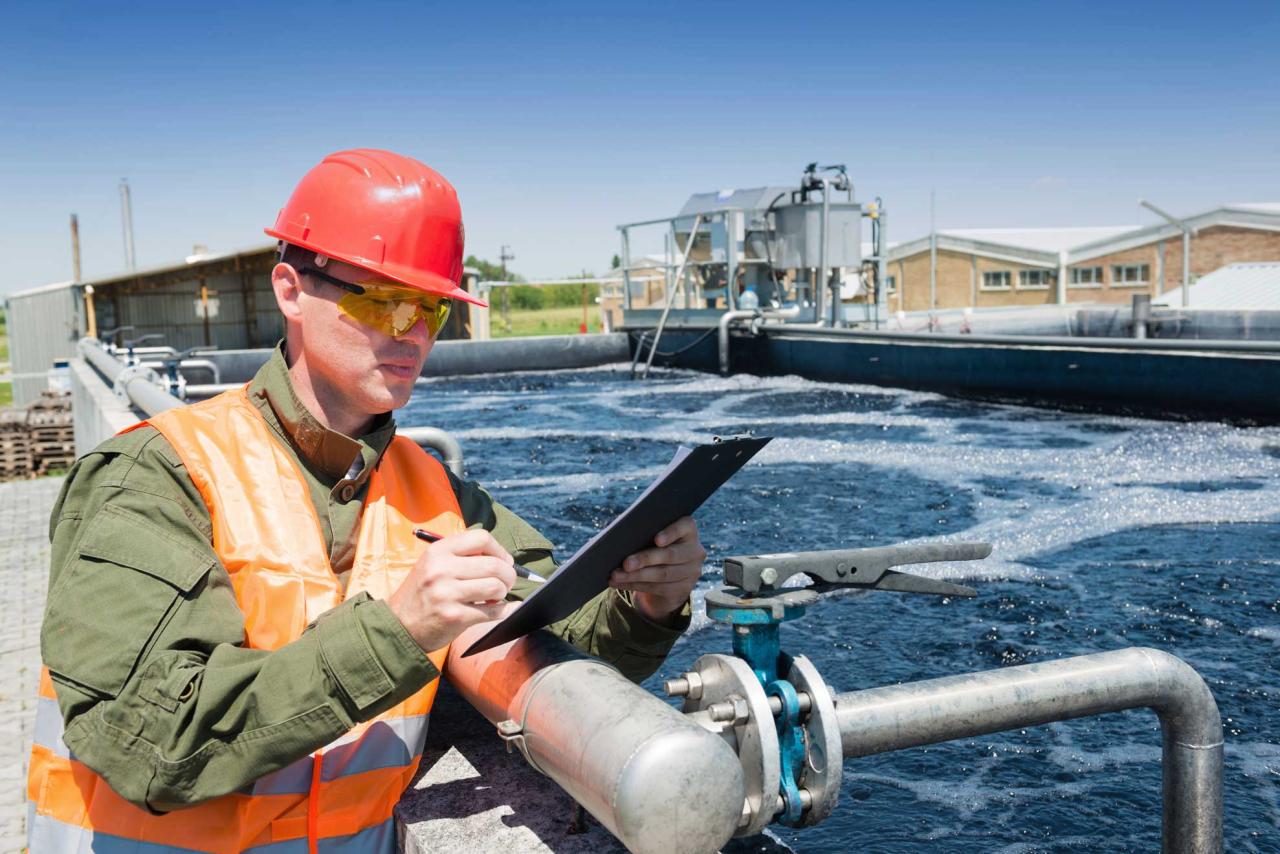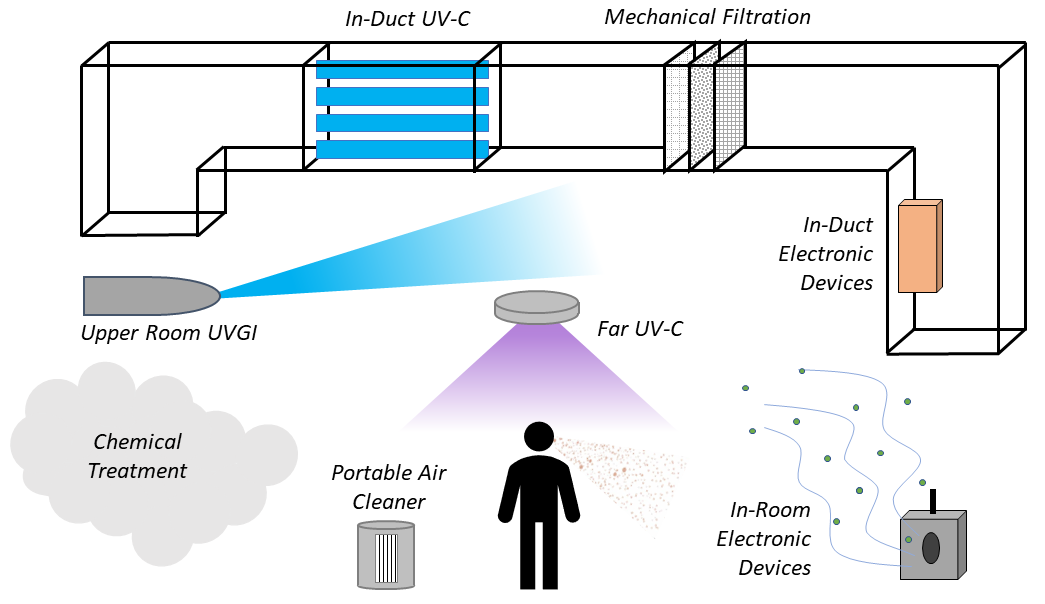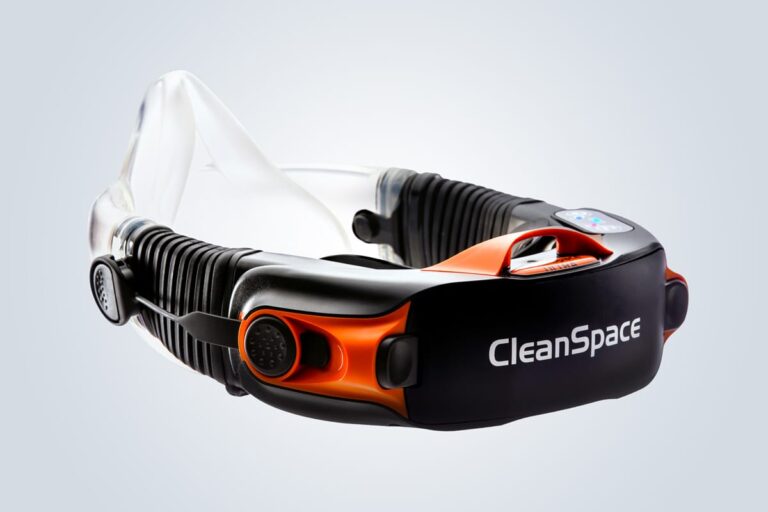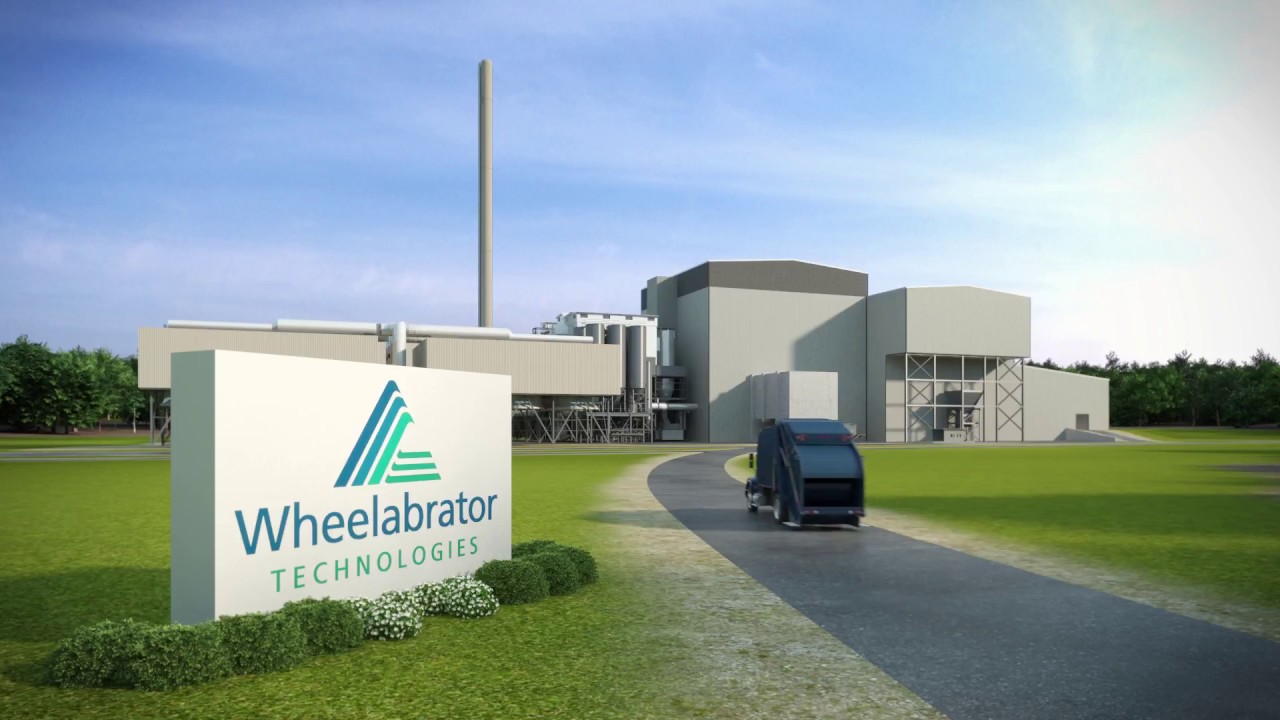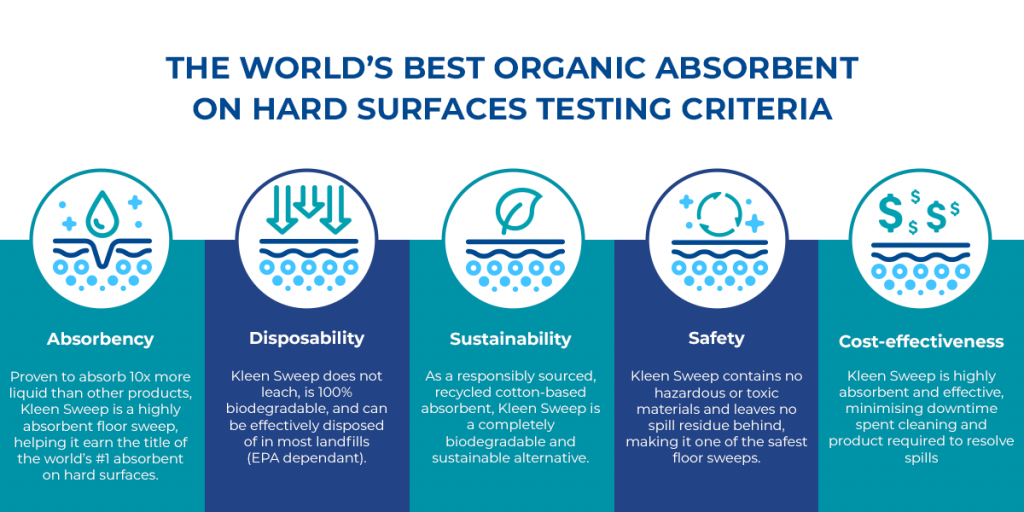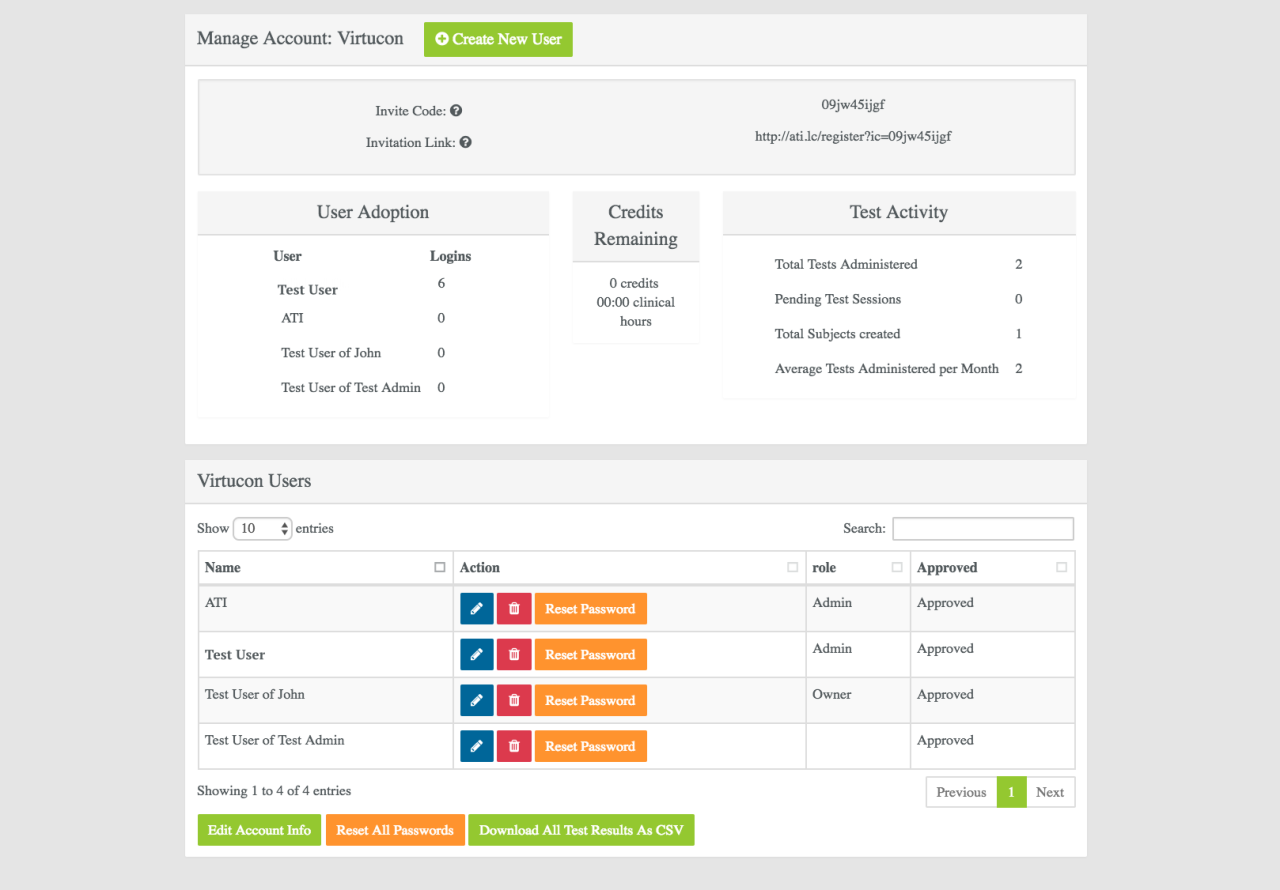Pure Air Technologies: Breathing Easier in a Polluted World
Pure air technologies are a critical component of addressing the growing global challenge of air pollution. From simple air purifiers to complex industrial filtration systems, these innovations offer a diverse […]
Pure air technologies are a critical component of addressing the growing global challenge of air pollution. From simple air purifiers to complex industrial filtration systems, these innovations offer a diverse range of solutions for improving air quality and safeguarding public health.
The development of pure air technologies has been driven by a growing awareness of the detrimental effects of air pollution on human health and the environment. These technologies encompass a wide array of approaches, including filtration, absorption, and chemical reactions, all designed to remove pollutants from the air we breathe.
Future Trends and Innovations in Pure Air Technologies
The quest for clean air is driving innovation in pure air technologies, pushing the boundaries of what’s possible. Emerging trends and advancements are reshaping the future of clean air solutions, promising a future where air pollution is effectively mitigated.
Advancements in Air Filtration Technologies
Air filtration technologies are evolving rapidly, with advancements in filter materials, designs, and integration with smart technologies.
- Nanotechnology-Enhanced Filters: Nanomaterials like activated carbon, zeolites, and metal-organic frameworks (MOFs) are being incorporated into air filters to enhance their efficiency in capturing pollutants. These materials offer a larger surface area for adsorption, enabling them to remove smaller particles and volatile organic compounds (VOCs) more effectively. For example, MOFs have shown exceptional potential in capturing pollutants like formaldehyde and benzene, commonly found in indoor environments.
- Electrostatic Precipitators: These devices use an electric field to remove particles from the air. Advancements in electrode design and power efficiency are improving their effectiveness and reducing energy consumption. Some newer models integrate sensors and control systems to optimize performance based on real-time air quality data.
- Photocatalytic Oxidation (PCO): PCO systems utilize ultraviolet (UV) light and a photocatalyst to break down pollutants into harmless substances. Recent research focuses on developing more efficient and durable photocatalysts, expanding the range of pollutants they can effectively address.
Integration of Smart Technologies, Pure air technologies
The integration of smart technologies is transforming how we manage air quality.
- Air Quality Monitoring Systems: Real-time air quality monitoring systems are becoming increasingly sophisticated, providing granular data on pollutants, temperature, and humidity. These systems enable proactive interventions, such as adjusting ventilation systems or activating air purifiers when needed.
- Smart Air Purifiers: These devices use sensors to monitor air quality and automatically adjust their settings to optimize performance. Some models connect to mobile apps, allowing users to remotely control and monitor their air purifiers.
- Predictive Maintenance: Smart technologies are enabling predictive maintenance of air purification systems. By analyzing data from sensors, these systems can anticipate potential failures and schedule maintenance before problems arise, ensuring continuous operation and optimal performance.
Focus on Sustainable Solutions
Sustainability is becoming a key consideration in the development of pure air technologies.
- Energy-Efficient Designs: Efforts are underway to develop air purification systems that consume less energy, reducing their environmental footprint. This includes optimizing filter materials, improving fan efficiency, and integrating renewable energy sources.
- Bio-based Materials: Researchers are exploring the use of bio-based materials in air filters, offering a sustainable alternative to synthetic materials. These materials can be derived from plants or agricultural waste, reducing reliance on fossil fuels and promoting a circular economy.
- Closed-Loop Systems: Closed-loop systems capture and recycle pollutants, reducing waste and promoting a circular economy. For example, some systems use captured carbon dioxide to produce biofuels or other valuable products.
Emerging Technologies for Clean Air
Beyond traditional air filtration, emerging technologies are offering novel solutions for air purification.
- Plasma Air Purification: Plasma air purifiers use ionized gases to break down pollutants. This technology is particularly effective in removing odors and volatile organic compounds (VOCs).
- Biofiltration: Biofiltration systems utilize microorganisms to break down pollutants. This technology offers a natural and sustainable approach to air purification, particularly in applications like wastewater treatment and agricultural settings.
- Air-Washing Technologies: Air-washing technologies use water to remove pollutants from the air. These systems are often used in industrial settings to control dust and other particulate matter.
Regulations and Standards for Pure Air Technologies
The use of pure air technologies is becoming increasingly important as air pollution continues to be a major global concern. To ensure the effectiveness and safety of these technologies, regulatory bodies have established standards and regulations governing their design, manufacture, and use.
The Role of Regulatory Bodies in Promoting Clean Air Solutions
Regulatory bodies play a crucial role in promoting clean air solutions by setting standards and enforcing regulations that guide the development and deployment of pure air technologies. These bodies work to ensure that these technologies meet specific performance requirements, are safe for use, and contribute to overall air quality improvement.
- Setting Performance Standards: Regulatory bodies establish performance standards for various pure air technologies, including air purifiers, ventilation systems, and industrial emissions control equipment. These standards define the minimum levels of efficiency, effectiveness, and safety that these technologies must meet. For example, the United States Environmental Protection Agency (EPA) has established standards for air purifiers that specify the minimum percentage of airborne particles that they must remove from the air.
- Enforcing Regulations: Regulatory bodies enforce regulations to ensure that manufacturers comply with the established standards. This includes conducting inspections, issuing permits, and imposing penalties for non-compliance. By enforcing regulations, regulatory bodies help to ensure that only effective and safe pure air technologies are available in the market.
- Promoting Innovation: Regulatory bodies can also play a role in promoting innovation in pure air technologies by setting ambitious standards and encouraging the development of new and improved solutions. For instance, some regulatory bodies offer incentives for companies that develop technologies that exceed the established standards or that address emerging air pollution challenges.
Standardized Testing and Certification Procedures
Standardized testing and certification procedures are essential for ensuring the reliability and performance of pure air technologies. These procedures provide a framework for evaluating the effectiveness and safety of these technologies and allow consumers and businesses to make informed decisions about their purchase and use.
- Testing Procedures: Standardized testing procedures are used to evaluate the performance of pure air technologies under controlled laboratory conditions. These procedures involve exposing the technology to a controlled air stream containing known concentrations of pollutants and measuring its ability to remove these pollutants. The results of these tests are used to determine the technology’s efficiency, effectiveness, and safety.
- Certification Programs: Certification programs provide independent verification that a pure air technology meets specific performance standards. These programs involve testing the technology according to established procedures and awarding a certification if it meets the required criteria. Certified technologies are typically considered to be more reliable and effective than uncertified technologies.
Existing Regulations and Standards
Various international and national organizations have established regulations and standards for pure air technologies. These organizations include:
- The World Health Organization (WHO): The WHO provides guidelines on air quality and recommends standards for various pollutants. These guidelines are used by governments around the world to develop their own air quality regulations.
- The United States Environmental Protection Agency (EPA): The EPA sets standards for air quality in the United States and regulates the use of pure air technologies, including air purifiers, ventilation systems, and industrial emissions control equipment.
- The European Union (EU): The EU has established a comprehensive set of regulations for air quality and has developed standards for various pure air technologies.
- The American Society of Heating, Refrigerating and Air-Conditioning Engineers (ASHRAE): ASHRAE develops standards for HVAC systems, including air filtration systems, and provides guidance on the design and operation of these systems.
Impact of Pure Air Technologies on Society

The widespread adoption of pure air technologies holds the potential to significantly impact society, leading to a cleaner, healthier, and more sustainable future. These technologies offer numerous benefits, ranging from improved public health and economic growth to enhanced environmental sustainability.
Economic and Social Benefits of Cleaner Air
Cleaner air, a direct result of effective pure air technologies, brings forth a multitude of economic and social benefits. These benefits are not merely confined to environmental improvements; they extend to enhancing public health, boosting productivity, and fostering economic growth.
- Improved Public Health: Cleaner air directly translates to improved public health. Reduced air pollution leads to fewer respiratory illnesses, heart diseases, and other health issues. This translates to lower healthcare costs, increased life expectancy, and a more productive workforce.
- Increased Productivity: Cleaner air leads to a healthier population, resulting in a more productive workforce. Reduced sick days and improved cognitive function contribute to a more efficient and effective economy.
- Economic Growth: The adoption of pure air technologies can stimulate economic growth by creating new industries, jobs, and markets. It also encourages innovation and technological advancements, further boosting economic activity.
- Improved Quality of Life: Cleaner air improves the quality of life for individuals and communities. It allows for more outdoor activities, reduced health risks, and a more pleasant environment.
Examples of Pure Air Technologies Contributing to Sustainability
Pure air technologies are playing a vital role in creating a more sustainable future. These technologies contribute to reducing greenhouse gas emissions, improving energy efficiency, and promoting sustainable development.
- Renewable Energy Sources: Pure air technologies are often integrated with renewable energy sources, such as solar and wind power. These technologies reduce reliance on fossil fuels, contributing to a cleaner energy mix and mitigating climate change.
- Energy Efficiency Improvements: Pure air technologies can enhance energy efficiency in buildings, industries, and transportation. By reducing energy consumption, these technologies lower greenhouse gas emissions and promote sustainable development.
- Waste Reduction and Recycling: Some pure air technologies are designed to reduce waste and promote recycling. For instance, air filtration systems can capture and recycle pollutants, reducing the need for landfill disposal.
- Sustainable Urban Development: Pure air technologies are essential for creating sustainable urban environments. They can improve air quality in densely populated areas, reduce traffic congestion, and promote green spaces, contributing to a healthier and more livable city.
Illustrative Examples of Pure Air Technologies
Pure air technologies encompass a diverse range of methods and innovations aimed at reducing air pollution and improving air quality. These technologies are employed in various sectors, including industrial processes, transportation, and residential settings, to address specific air quality challenges.
Examples of Pure Air Technologies
The following table provides detailed descriptions of specific pure air technologies, outlining their mechanisms, applications, and benefits:
| Technology Name | Mechanism | Application | Benefits |
|—|—|—|—|
| Electrostatic Precipitators (ESPs) | Uses electrostatic forces to remove particulate matter (PM) from flue gases. | Power plants, industrial facilities, and incinerators. | High efficiency in removing PM, particularly fine particles. |
| Fabric Filters (Bag Filters) | Filters air through a fabric medium, trapping PM. | Industrial processes, power plants, and HVAC systems. | Effective in removing PM, including fine particles and fibers. |
| Catalytic Converters | Uses a catalytic material to convert harmful pollutants, such as carbon monoxide and nitrogen oxides, into less harmful substances. | Automobiles, industrial processes, and power plants. | Reduces emissions of harmful pollutants, improving air quality. |
| Scrubbers | Uses a liquid solution to remove pollutants from flue gases. | Power plants, industrial facilities, and wastewater treatment plants. | Effective in removing sulfur dioxide, nitrogen oxides, and particulate matter. |
| Activated Carbon Adsorption | Uses activated carbon to adsorb pollutants from air. | Industrial processes, HVAC systems, and air purifiers. | Effective in removing volatile organic compounds (VOCs), odors, and gases. |
| Biofilters | Uses biological processes to break down pollutants in air. | Wastewater treatment plants, industrial facilities, and composting facilities. | Environmentally friendly method for removing pollutants, including odors. |
| Photocatalytic Oxidation | Uses a photocatalyst to break down pollutants using sunlight or UV light. | Air purifiers, self-cleaning surfaces, and water treatment. | Effective in removing VOCs, bacteria, and viruses. |
| Plasma Technology | Uses a plasma field to break down pollutants into less harmful substances. | Air purifiers, industrial processes, and waste treatment. | Effective in removing VOCs, odors, and particulate matter. |
Real-World Applications of Pure Air Technologies
These technologies are widely implemented in real-world settings to address specific air quality challenges:
– Electrostatic Precipitators (ESPs) are commonly used in power plants to remove particulate matter from flue gases, reducing emissions and improving air quality in surrounding areas.
– Fabric Filters (Bag Filters) are employed in industrial processes, such as cement manufacturing, to capture dust and particulate matter, protecting workers and the environment.
– Catalytic Converters are essential components of modern automobiles, reducing emissions of harmful pollutants, such as carbon monoxide and nitrogen oxides, contributing to cleaner air in urban areas.
– Scrubbers are widely used in power plants to remove sulfur dioxide from flue gases, preventing acid rain and improving air quality.
– Activated Carbon Adsorption is employed in air purifiers to remove odors, VOCs, and other pollutants, improving indoor air quality in homes and offices.
– Biofilters are used in wastewater treatment plants to break down pollutants, reducing odors and improving air quality in surrounding areas.
– Photocatalytic Oxidation is incorporated into self-cleaning surfaces, such as building materials and windows, to break down pollutants and keep surfaces clean.
– Plasma Technology is used in air purifiers to remove pollutants, such as VOCs and particulate matter, improving indoor air quality.
Outcome Summary
As our understanding of air pollution and its impacts evolves, so too will the field of pure air technologies. Innovation in this field holds the promise of cleaner air, healthier lives, and a more sustainable future. The journey towards a world where clean air is accessible to all begins with embracing and advancing the potential of these transformative technologies.
Pure air technologies are becoming increasingly important as we face the challenges of pollution and climate change. One promising approach is the use of MAR technology , which leverages advanced materials and processes to capture and remove harmful pollutants from the air.
These innovations have the potential to significantly improve air quality and contribute to a healthier environment for everyone.
